Albert Einstein once said that “everything should be made as simple as possible, but not simpler.” Adapting this advice to the camera world, we can see that most devices on the market are spectacular misses as far as the first half of the quote is concerned.
Leica introduced the Q in June 2015. As for Einstein’s doctrine, I can confirm that the Q meets both the first and the second halves of the quotation. In this respect I could finish this article already. All has been said….
….But, but not quite. Let’s look back to June 2015 as the Leica Q was launched. Quite unlike the earlier launch of the X Vario (when a virtual lynch mob with torches, pitchforks and flails marched on Wetzlar), the Q was received by the Leica community with open arms. The specification looked pretty good on paper.
In particular, the early reviews of the great and the good (including Jono Slack, Ming Thein, Kristian Dowling and Sean Reid) were extremely positive.
At the time the direct competitor was the Sony RX1R. And in October 2015 Sony introduced the RX1RII, no doubt designed to grind the Q into the mire. But did it?
There’s no doubt that the RX1RII is an excellent piece of kit; but it fails the Einstein test. If we take the basic principle of Bauhaus — form follows function — the Sony is wide of the mark.
We’re not talking here of specifics such as sensor dynamic or ultimate ISO performance; on these issues the Sony might well be marginally better. The question remains, though, how the RX works out in the real world. In this respect I remember the Leica M9, with its abysmal DxO sensor rating. What did this say about the camera? Absolutely nothing.
The Q attracted me immediately. Even the 28mm focal length, which for many is a no-go area, was for me a positive plus point which made the camera even more appealing. Yet I didn’t buy it immediately, instead dithering around in anticipation of the new system camera from Leica, something that I had long focused on.
When it did arrive, the SL was quite clearly not for me. It is much too large, which is nothing against the SL, simply confirmation that I am in the wrong target group. The other thing was that I was supremely reluctant to be parted from my Fuji X100T. Then and now I consider this to be a great camera and with the advent of the Q it would be rendered redundant.
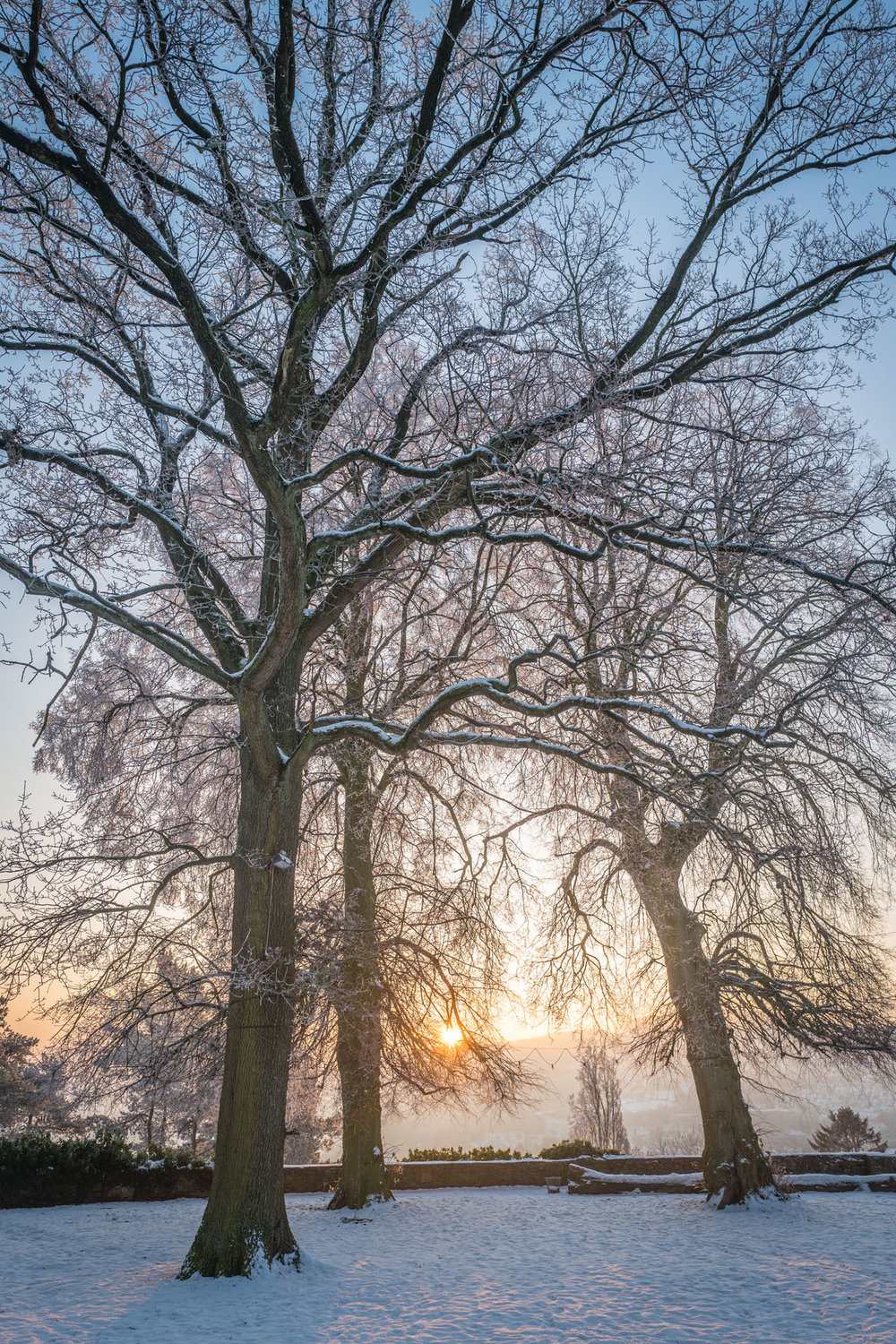
It took me until December 2015 before I weakened and got myself a Q. Then, as now, it was the time of the Christmas markets. This new camera presented me with DNG data that would not have disgraced my M240. On the contrary, dynamic range and colour are distinctly better.
Already after only a week I was writing my “hands on” review, my first impressions. Now, after a year I take back nothing I said then.
Au contraire, I can say with conviction that in the course of twelve months the Q has become my main camera. I now use the M240 only for specific occasions.
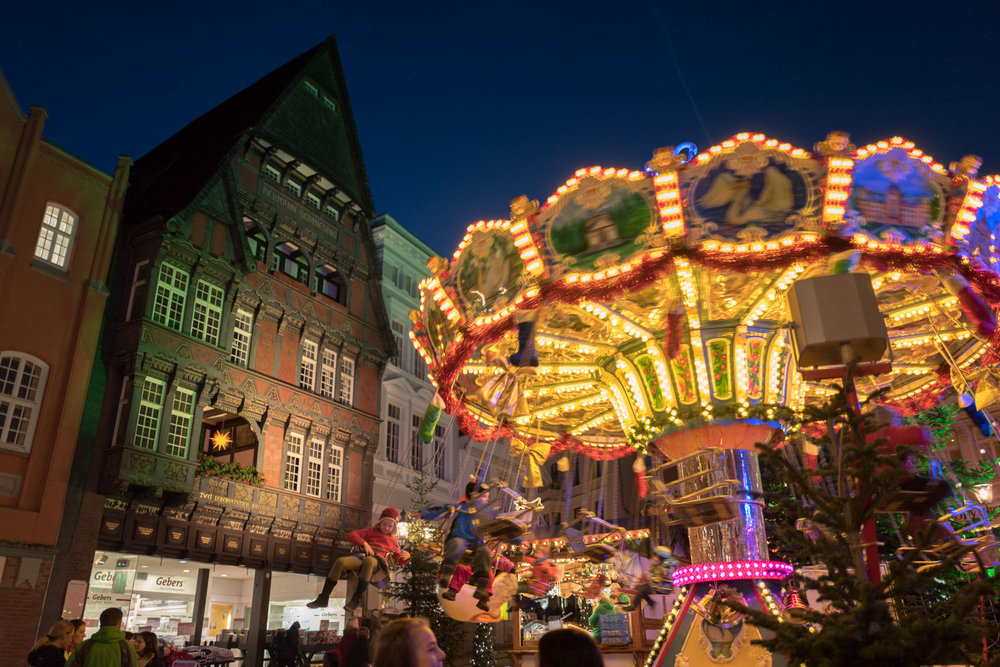
During the Christmas period there were many opportunities to test the low-light performance of the Q. Very quickly I was convinced of the usefulness of the in-camera stabilisation. And autofocus speed exceeded anything that I had previously experienced with compact cameras. During our local horse club’s Christmas event there was a power jumping competition during which the camera nailed the horses in mid flight, one after the other, as they tackled the obstacles.
Shortly after, during our skiing holiday, there was further evidence of the camera’s autofocus capabilities as I caught the skiers in mid-air with the shutter in continuous mode.
There in the mountains and in strong sunlight the electronic shutter proved yet again that wide apertures could be used with no need for an ND filter. More accessory fiddling saved.
Yet these benefits alone were not of paramount importance for me. I was more convinced by the all-round characteristics of the Q: The simplicity of operation, the immediate usability of manual control through the clever design, and, not least, the extraordinary picture quality delivered by the harmonious combination of sensor and lens.
Hmmm… fanboy nonsense? Perhaps, but after a full year I do not revise my verdict one jot. Instead, I cannot think of any other compact camera that can provide the same photographic experience as the Q.
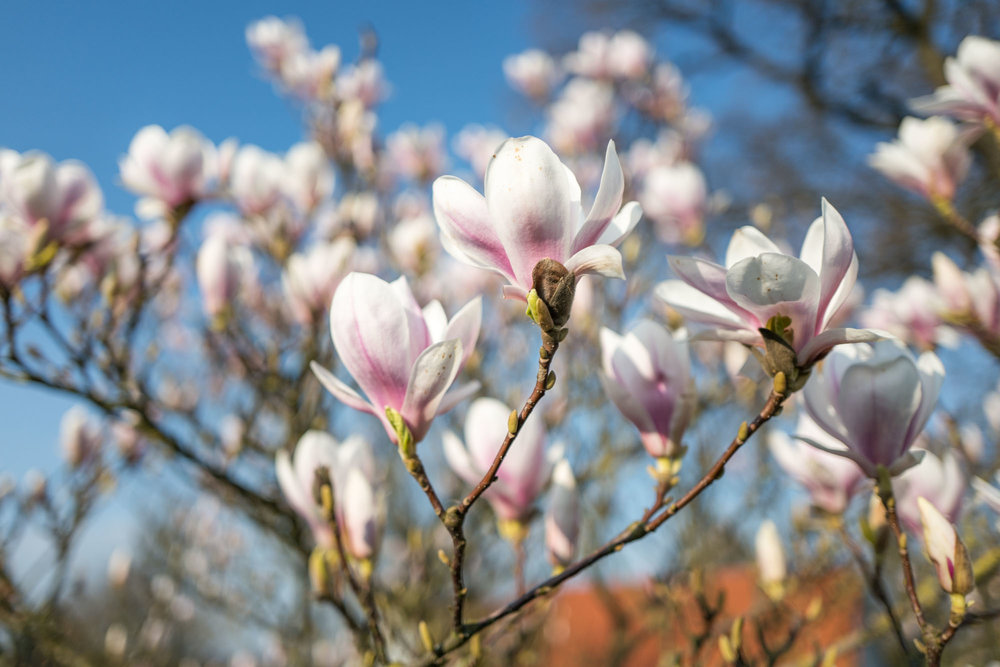
In the course of spring 2016 I realised suddenly that the Q was no longer a second camera, tugging along on the wriststrap of the magisterial M240. Instead, it was practically its equal; often it was the preferred choice. My trust in the Q’s performance was so far consolidated that I was able to leave the M240 at home when I shot the Hermann Leuchtet light show in March.
The little camera did one hell of a job, all hand held without support. That was essentially the trial by fire which proved the independence of the Leica compact. After that I found myself leaving the M240 at home on more and more occasions, especially when hiking or cycling, on holiday and in familiar surroundings. Previously I had often taken the M240 with just one lens (usually 28mm or 35mm) when I had no enthusiasm to weigh myself down with a bag of lenses. With this shift to minimalism in equipment the Q came into its own.
In the Ardèche it occurred to me that in the bustle of a French weekly market a small, light and very inconspicuous camera (in contrast to the DSLRs) has many advantages. In the stalactite caverns of Aven d’Orgnac I was again astonished by the stabilisation, enabling sharp hand-held exposures even at 1/4s. I have become so used to this that I am happy to select 1/15s or even 1/8s when shooting in poor light or capturing still subjects.
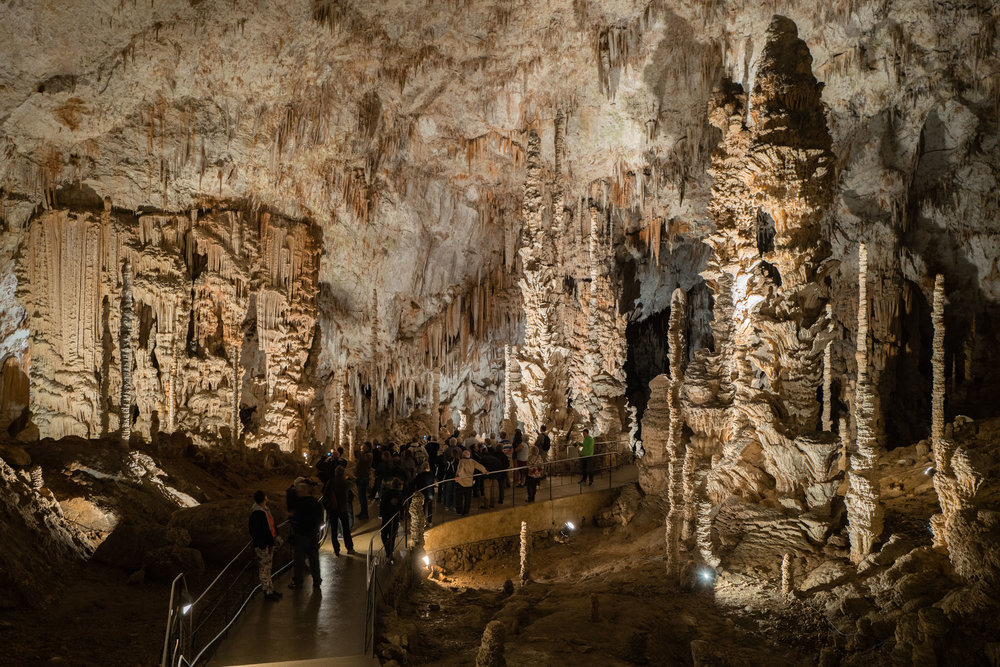
Throughout this time the Q (despite being an inanimate object) continued to capture my heart. At the same time there were many less enthusiastic voices. Among these was a review in Dpreview which was based on very dubious assessment and unfairly, in my opinion, criticised the camera. This was soundly countered by David Taylor-Hughes at Soundimageplus.com. In the round, this annoyed me intensely. Not to put it mildly I was pissed off. As a result I wrote a very emotional Statement on the Leica Q in an attempt to put the world back to rights. Apparently I had managed to jiggle the nerve of many others, especially of my blogger colleagues, who sent many messages of support.
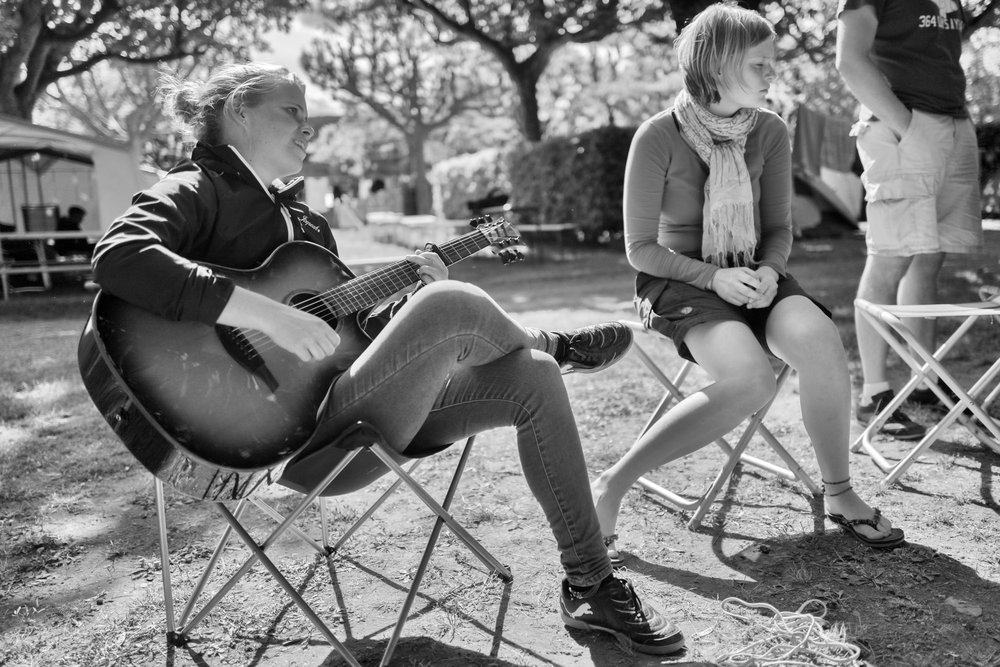
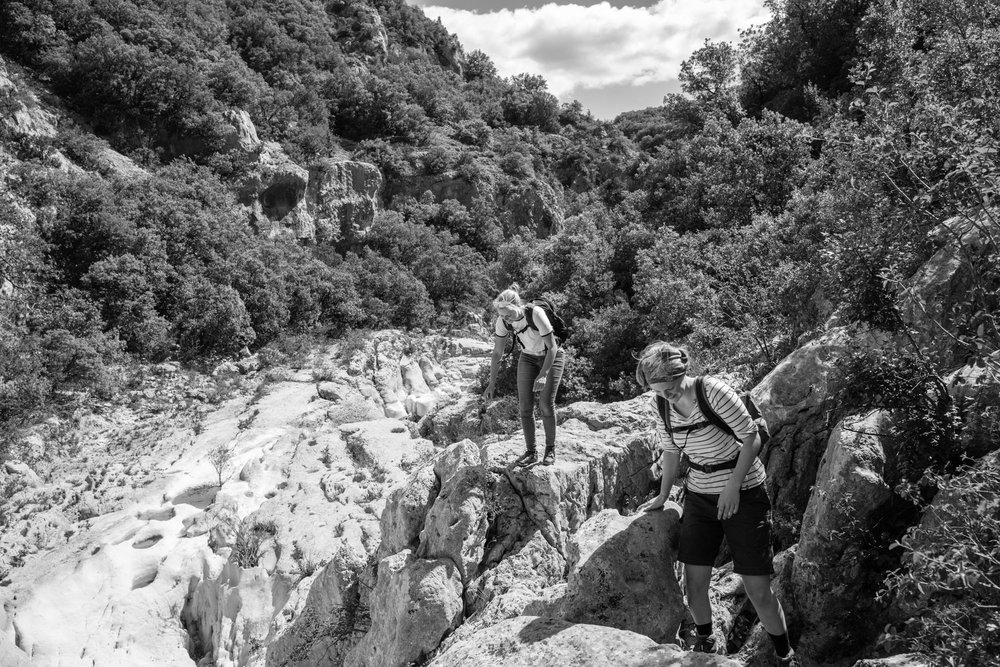
After that it was clear to me that the Leica Q did not offer everything that I had previously taken for granted with a system camera. The M240 was by no means depreciated in importance. It would certainly be unwise to underestimate the value of the drawing effects of the 50 or the 35 Summilux, or of the 75mm Apo-Summicron for that matter. At a number of virtually consecutive events I discovered how well both cameras complement each other. That began in early March when I did a reportage project at a concert in a refugee centre. Then came the annual concert of the Porta music school and the school’s 11th grade variety performance.
With the M alone I would have been juggling frantically with lenses. Now I had both cameras and was in the position to change focal lengths instantly. The fact that I gathered far less dust on the M’s sensor is simply a welcome benefit of the arrangement. At the Varieté I was pressed into the role of videographer (definitely not my thing), but managed to create a significant amount of footage with the Leica Q. One thing is certain: Contrary to other claims, the video function of the Q is more than satisfactory. It’s clear that this is no professional tool, but the operation is foolproof. I managed to upload a short demonstration video to YouTube.
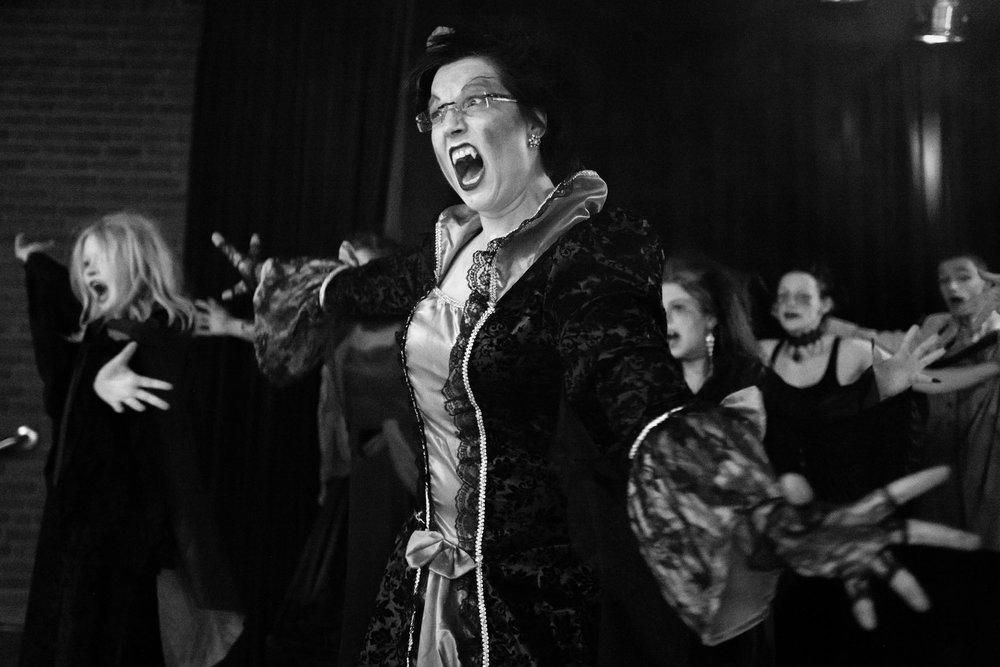
In the first half of the year, therefore, the influence of the Q was so strong that before the summer vacation I had a big decision: Whether or not to take the M240. I soon rejected this almost blasphemous thought, entirely because the M still has a few tricks up its sleeve that the Q cannot match.
I realised perfectly what the Q was capable of but, more importantly, of what it was incapable. I have come to terms with the limitations of both cameras and am fine with them.
Out on the mountain bike, for instance, I had only the Q but occasionally I felt the need for a longer lens. Often enough in the past I took the M9 or M240 together with a couple of lenses (and that was already a relief in comparison with the old DSLR days). But I have come to realise that for my needs and personal preferences the 28mm range is a great compromise.
My favourite settings for the Leica Q.
- Aperture I choose myself according to circumstances, seldom narrower than f/5.6. The A setting is used only when I lend the camera to someone else.
- Speed dial stays mostly on A(automatic) with the longest exposure limited to 1/30s. For absolutely static subjects it can be set to 1/4s; for moving subjects the speed is set to 1/250s, 1/500s, 1/1000s etc.
- ISO set normally to auto, limited to 6400.
- The automatic white balance of the camera is very good (better than the M240), no need to change that.
- Stabilisation mostly left on. But beware, switch it off for moving subjects.
- Autofocus setting: Single-point.
- Brightness: Mid range (I have become accustomed to this with the M)
- Image quality: DNG (for this reason I have no specific JPG settings)
- All acoustic signals off, no automatic display of photos, thus restricting “chimping” to when needed.
- Display setting to EVF advanced
- Spirit level, clipping and histogram displayed in the viewfinder.
Photokina 2016 came and went without the expected news of an upgrade to the M, still less a variant of the Q with a longer lens, something that many had hoped for. I have sincere doubts that this will happen, whether (for instance) a 50mm is technically deliverable if it is to be sufficiently fast. Such a lens would have to be of such a considerable diameter that it would ruin the harmonious proportions of a compact camera. A 50mm Q with a maximum aperture of f/3.4 is technically feasible in an acceptable package but would arguably be dead at birth (hello, Leica XV!).
If we are not to break the laws of physics we must look at radical new technologies to keep the lens small despite a large aperture. The prospect of such a camera is about as realistic as expecting the next VW model to be able to fly.
Good. It wouldn’t be the first time that Leica engineers came up with something clever. Before the M9 no one had believed that one could squeeze a full-format sensor into that chassis. I’m really looking forward to the upcoming M10; perhaps it will be the Q over again for me. However, despite a recent grinding of the rumour mill there is no definite indication of when this miracle will be announced. First it was supposed to be November, that’s gone, now it is slated for January 18 or 19. The excitement mounts…
At the autumn vacation in Holland I shot digital almost exclusively with the Q (I was however also busy with my M2). At the second performance of the musical Dance of the Vampires, a project group of the Porta music school, it was for me a matter of course to take the tried and tested Q+M combination, with foreseeable results. That sounds pretty tame but photographing these events again proved great fun, firstly because of the exotic subject material but also because it creates a good feeling to understand that when photographing you can deliver an acceptable result.
Last weekend I was at the Christmas market in Bad Salzuflen. It was already dark. As I sipped a glass of Apple punch I watched two hobby photographers, clutching their cameras on tripods, looking for subjects. Even at the risk of being accused of arrogance, I had to shake my head. Who needs a tripod these days for such photography? But when you are at large with a light-gobbling monster zoom made from recycled glass building blocks, as these two were, you can’t take snapshots with a hefty Nikon DSLR (I couldn’t identify the exact model, but it was no small one). They were looking only for static subjects. They certainly didn’t appear to be interested in people.
Nevertheless, I recount this not to demonstrate how superior I am but simply because that was the trigger that set me thinking about the Q. I realised that it was just a year ago I had started to familiarise myself with my new camera at the Christmas markets. As things stand at the moment there would have to be an enormous upgrade before I could be parted from this addictive device. But, naturally, Leica will manage that at some time.
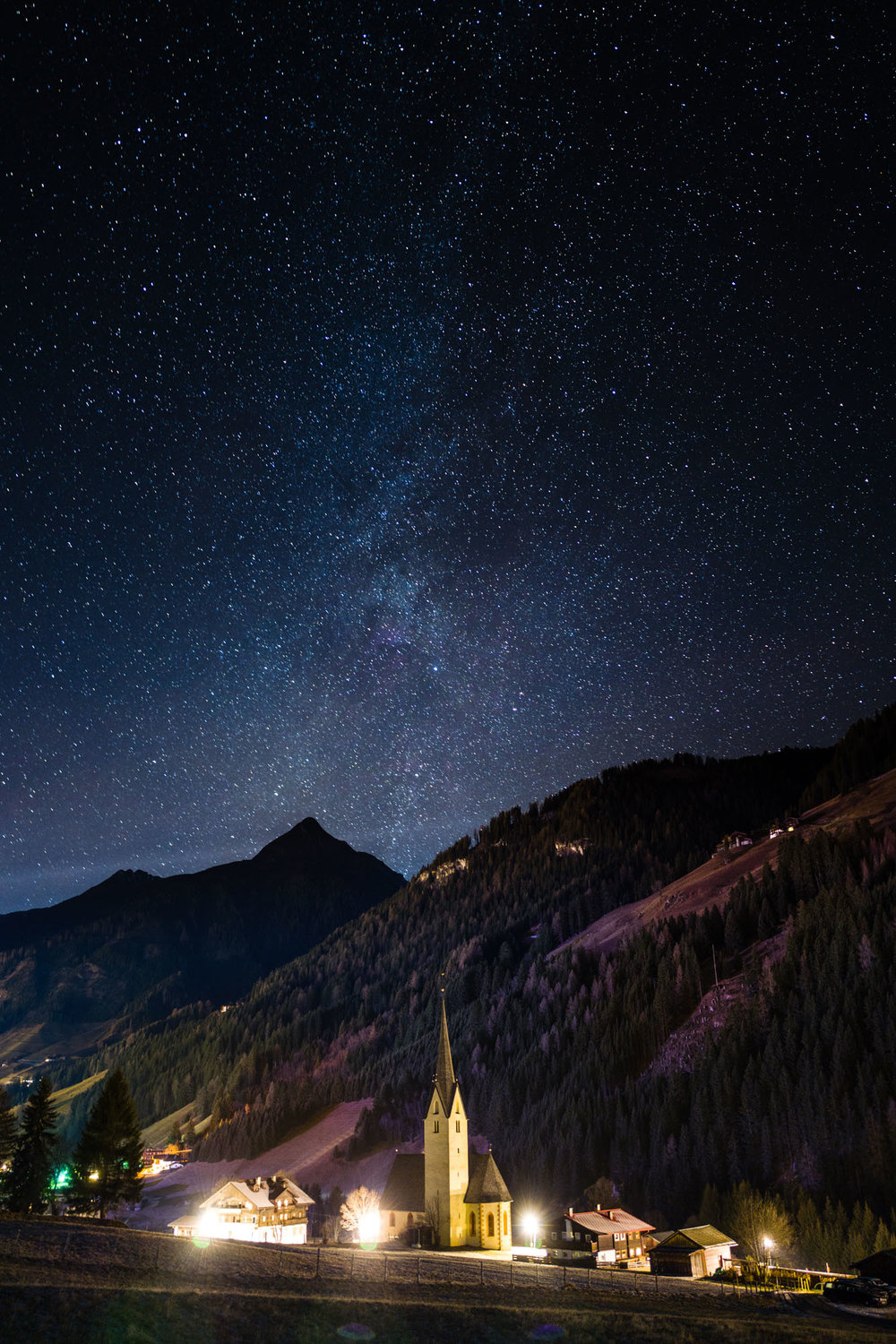
________________
- Translated from the German by Mike Evans (to whom apply with all complaints)
- Read the original German version of this article here at Messsucherwelt.com
- Read also Mike Evans’s nine-month review of the Leica Q
- On Macfilos: Leica Q tackles the north face of the Eiger
- Macfilos: Full review of the Leica Q
- More on Macfilos: Leica Q goes on the Naked Bike Ride
- Subscribe to Macfilos for free updates on articles as they are published. Read more here
- Want to make a comment on this article but having problems? Please read this

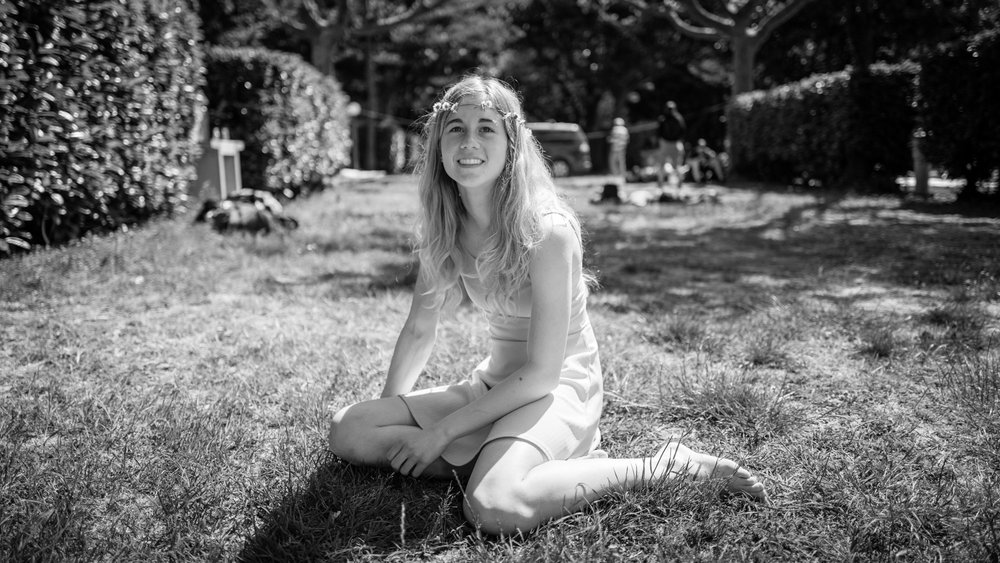
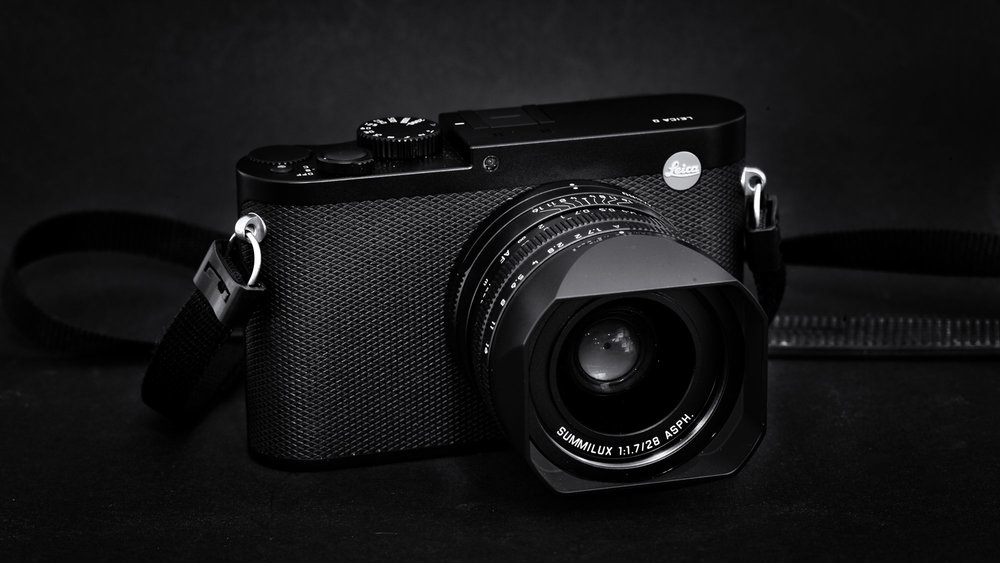
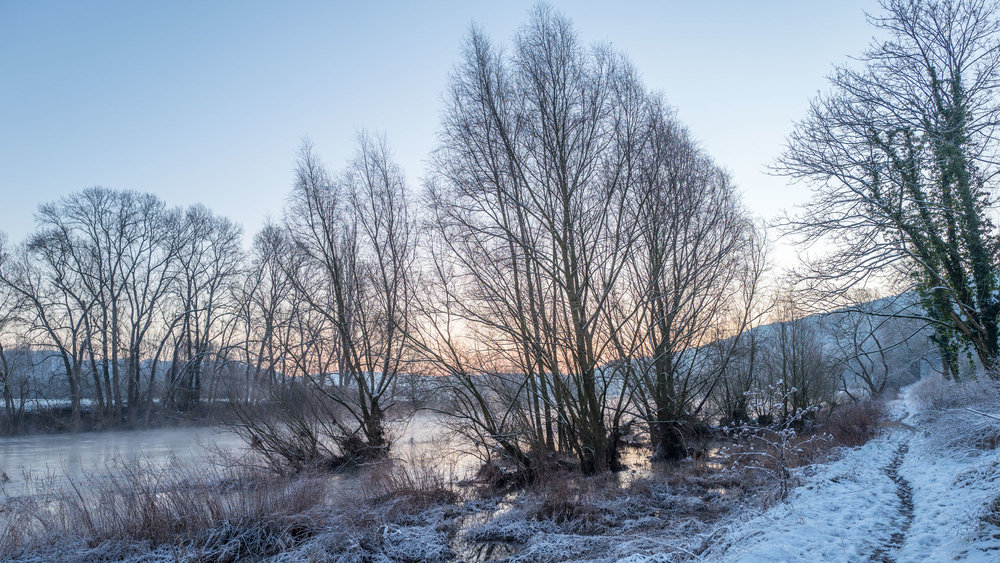
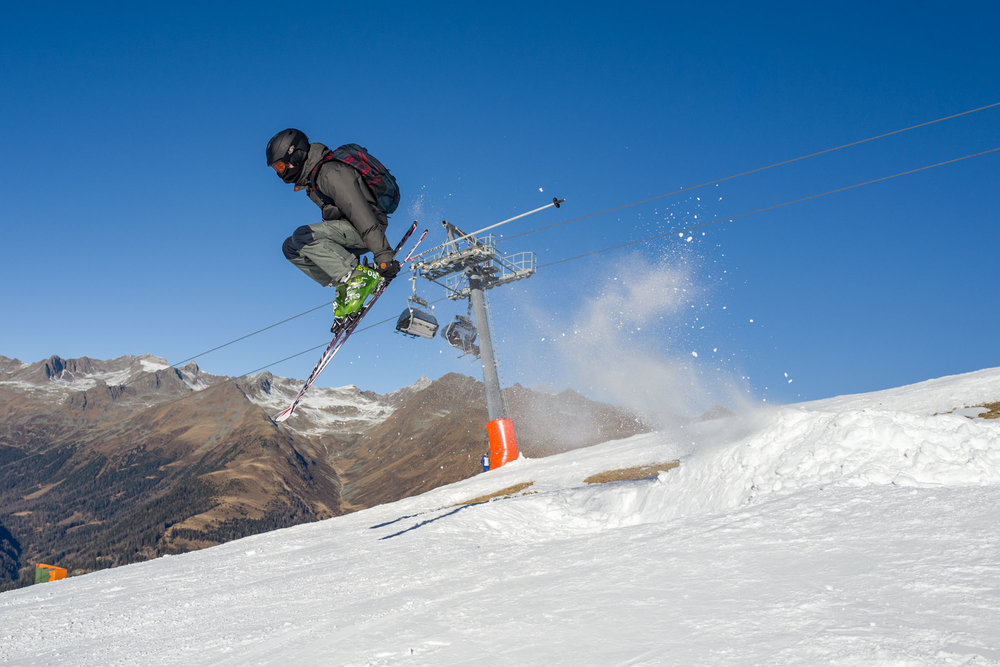
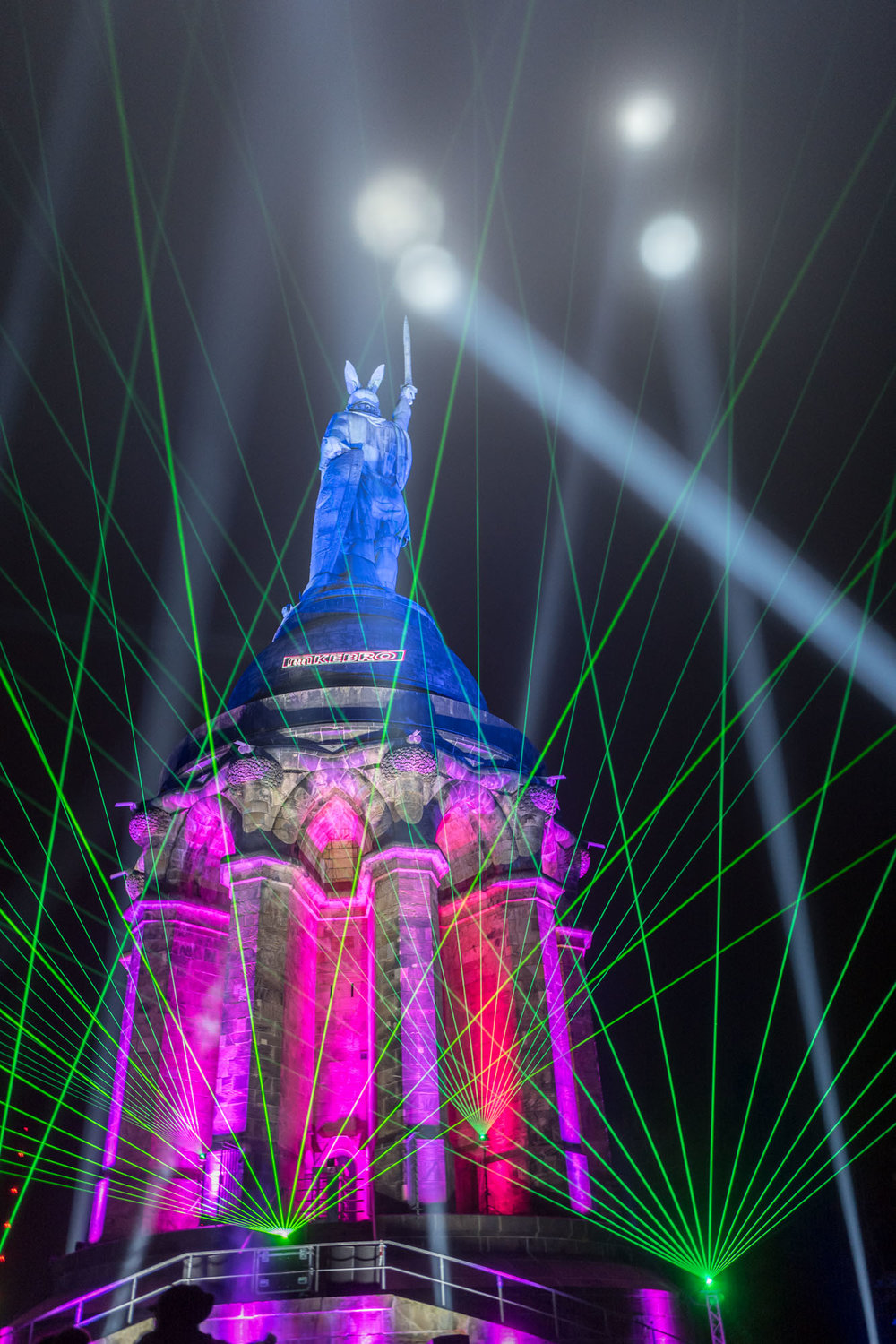
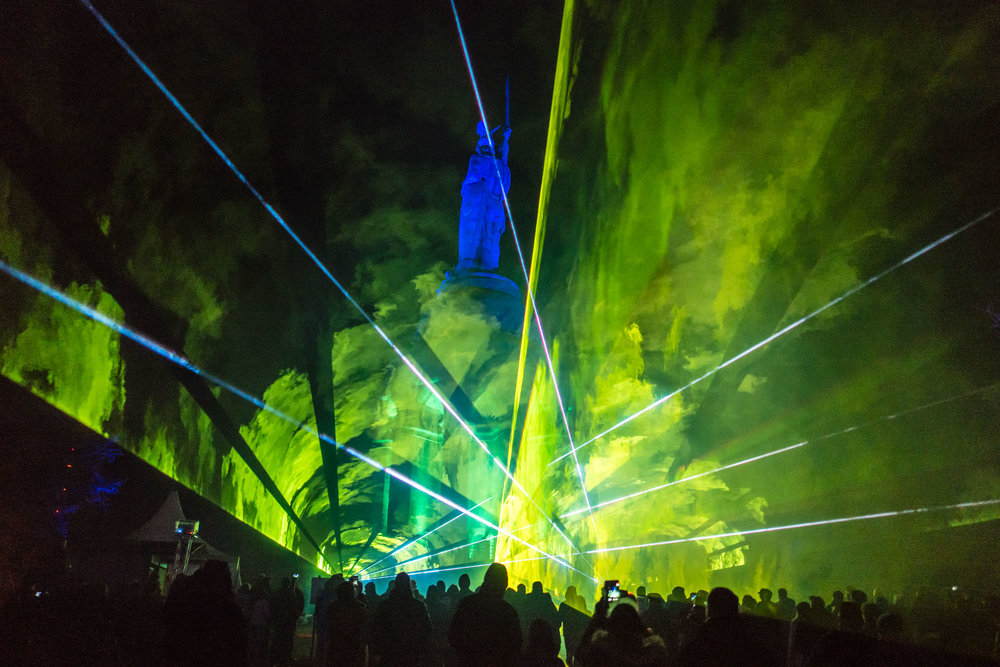
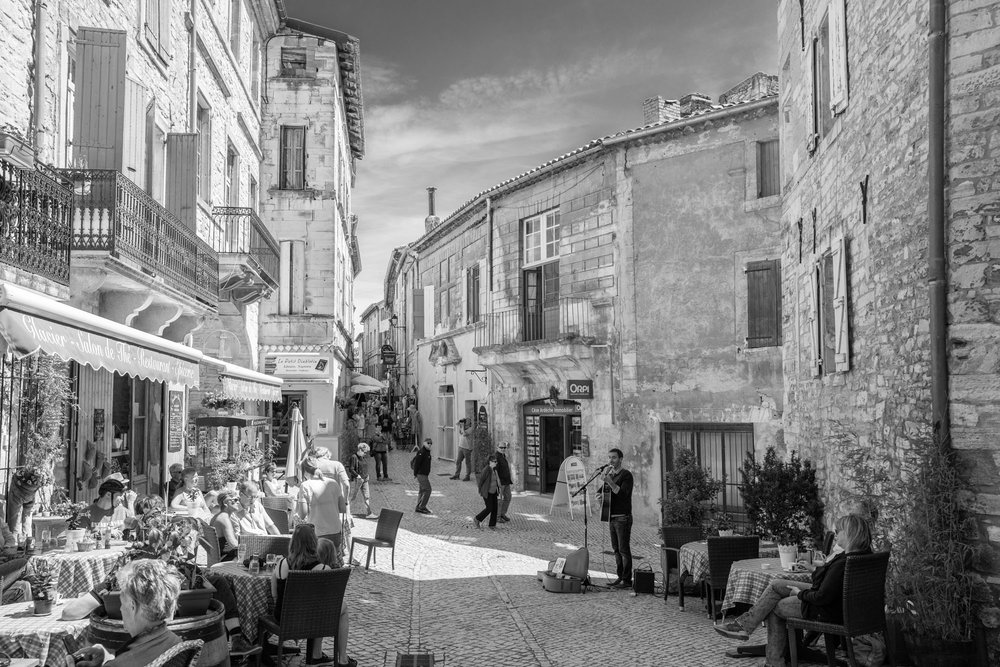
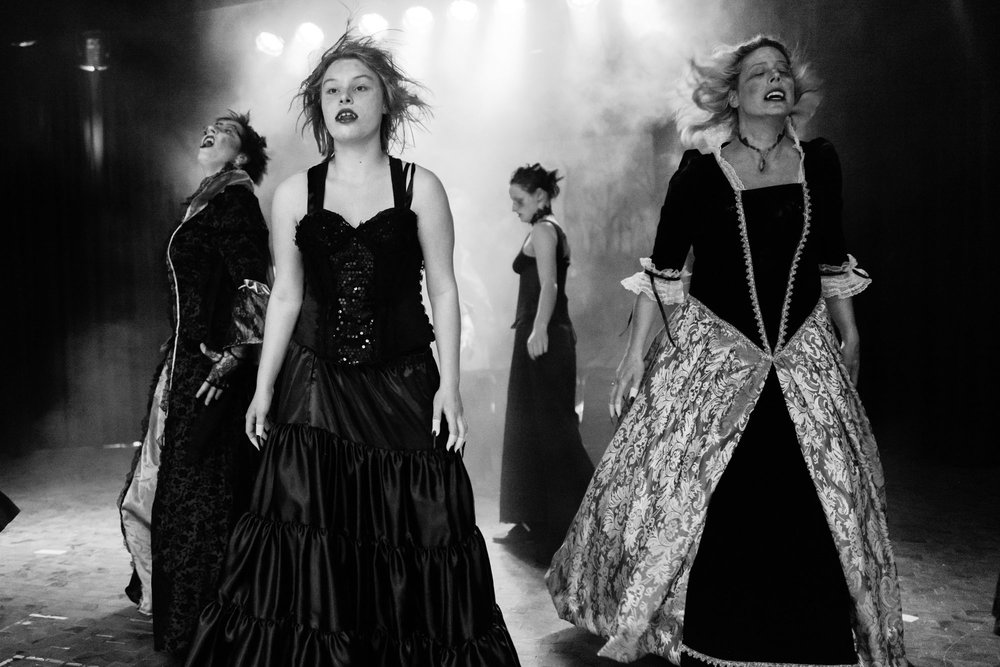
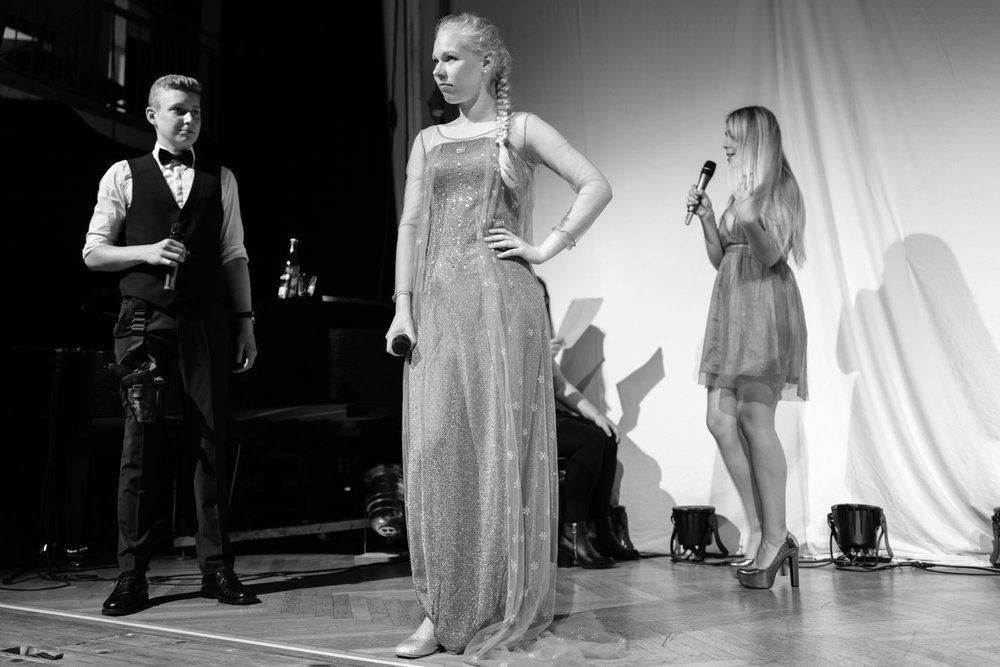
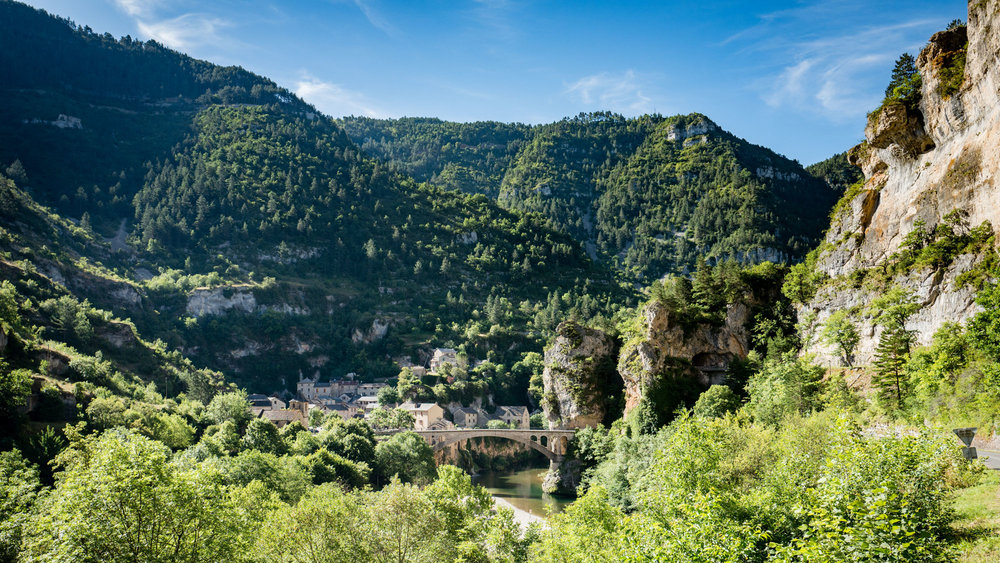
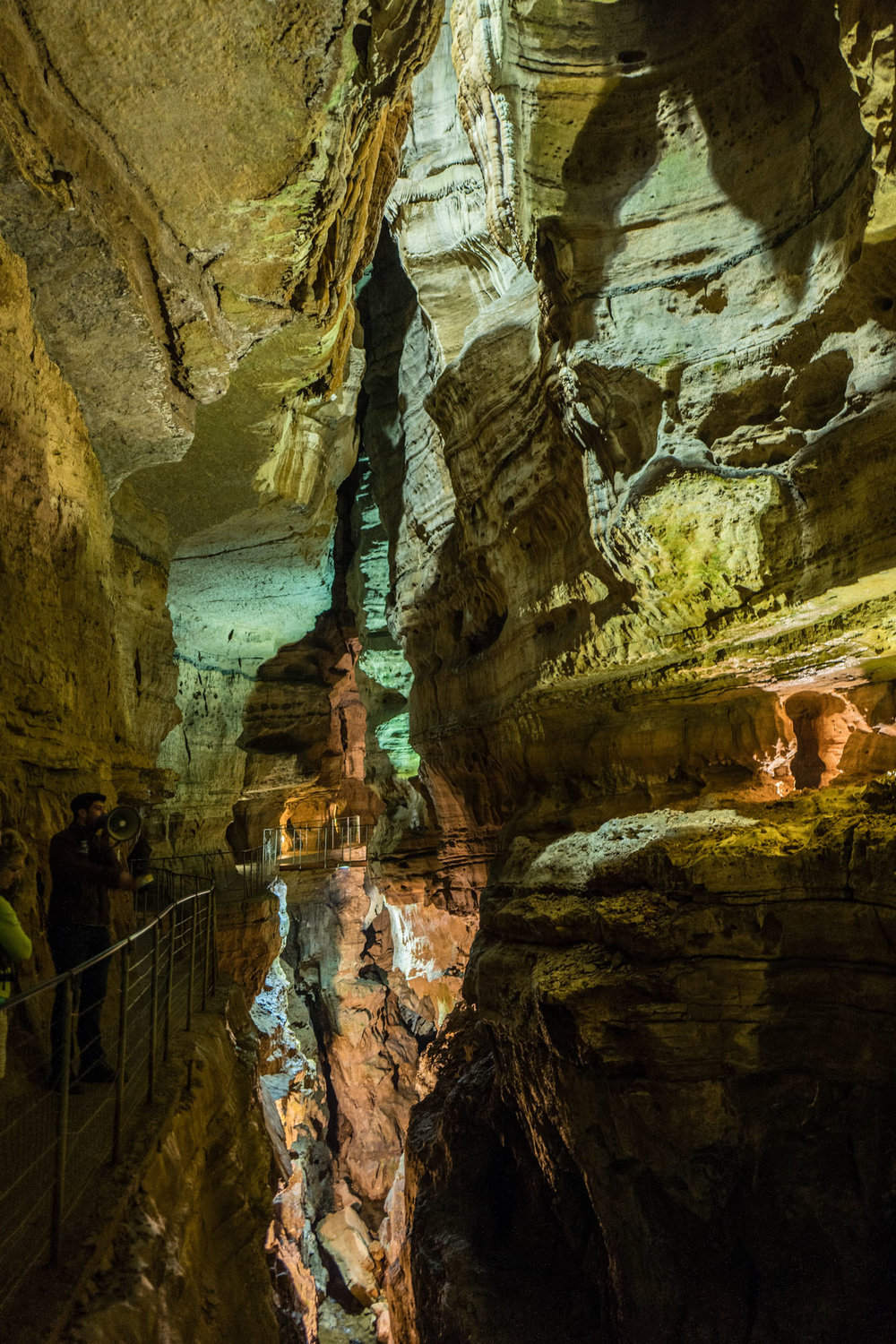
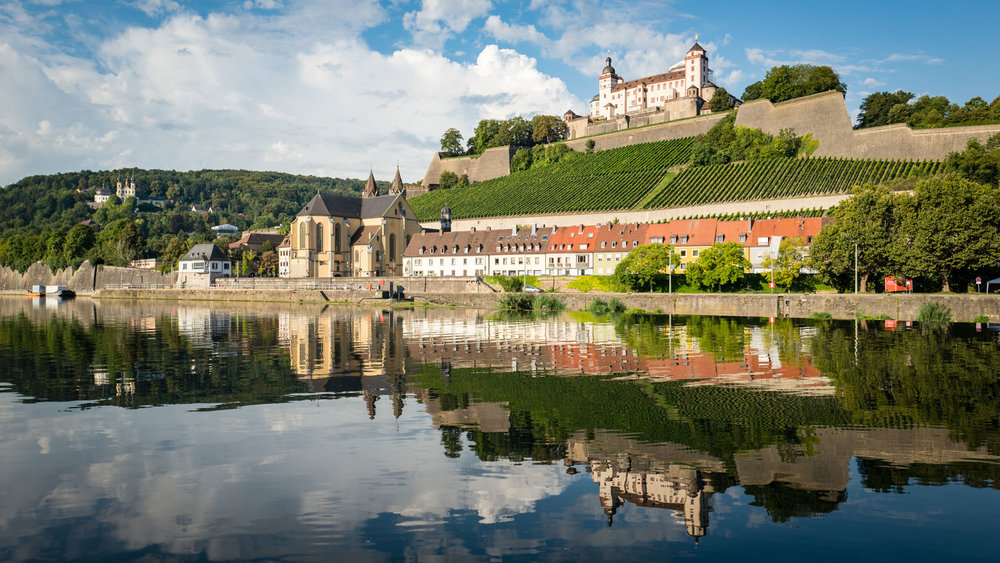
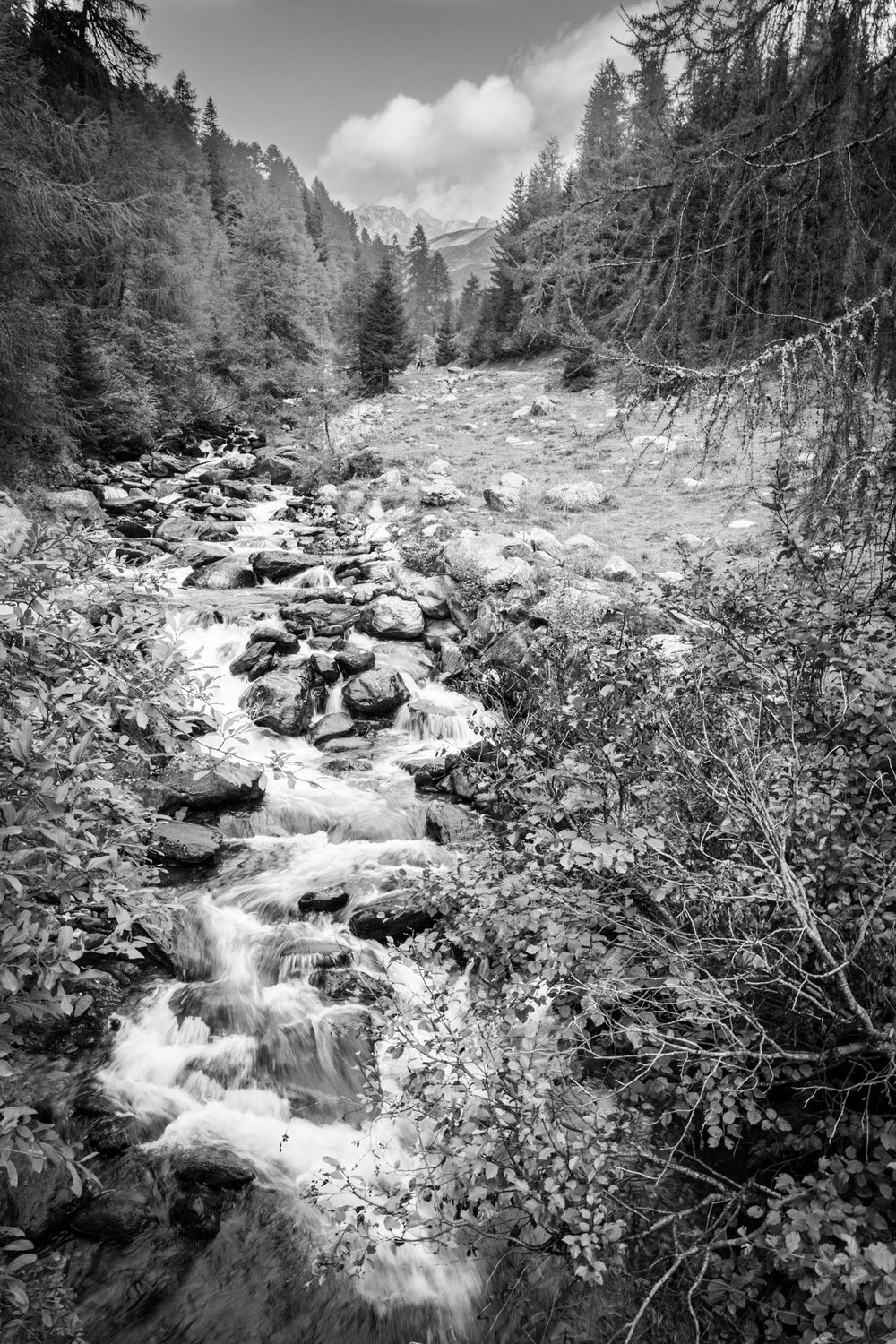
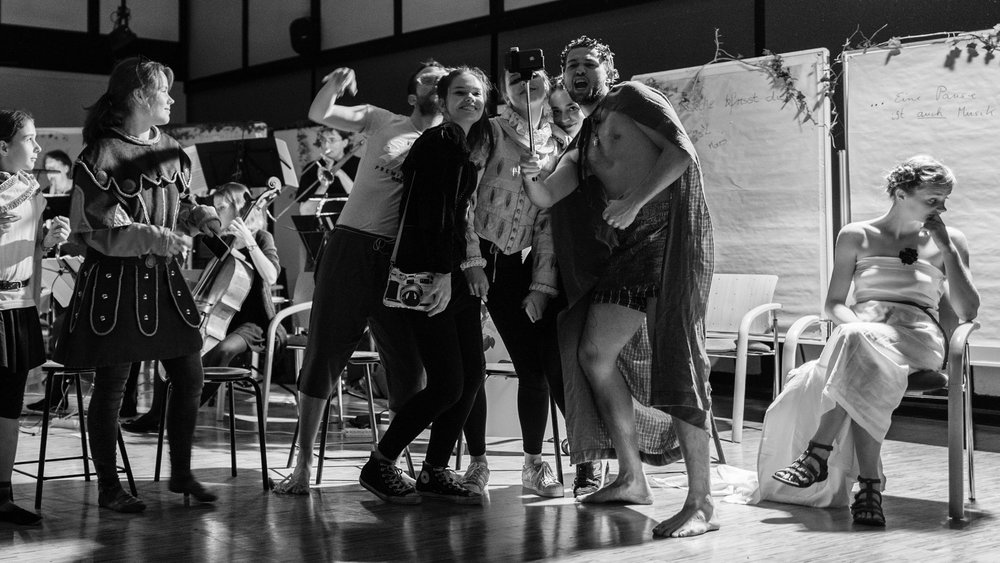
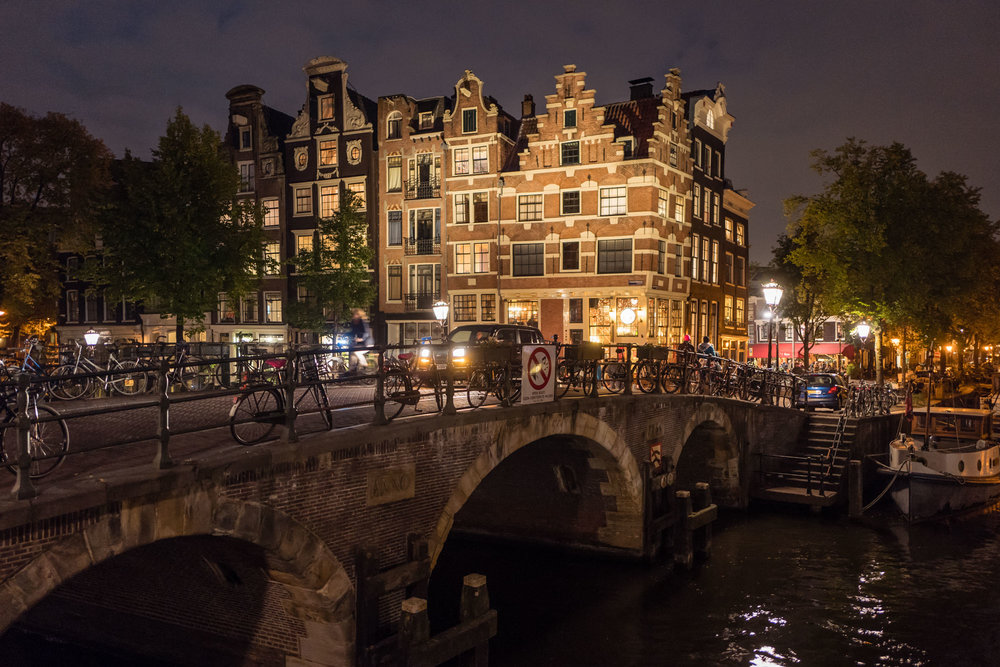
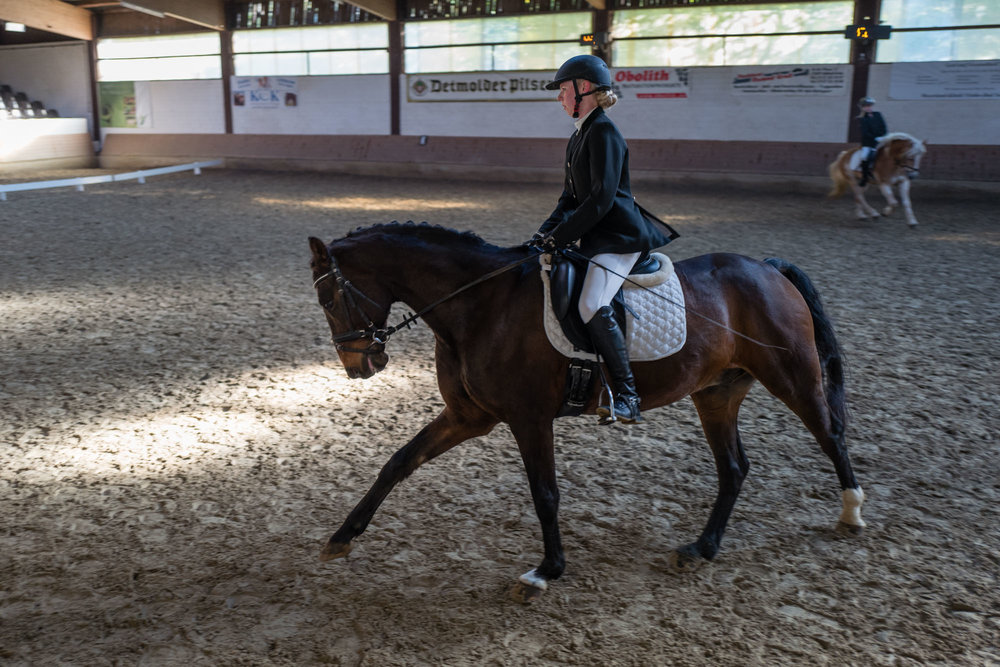
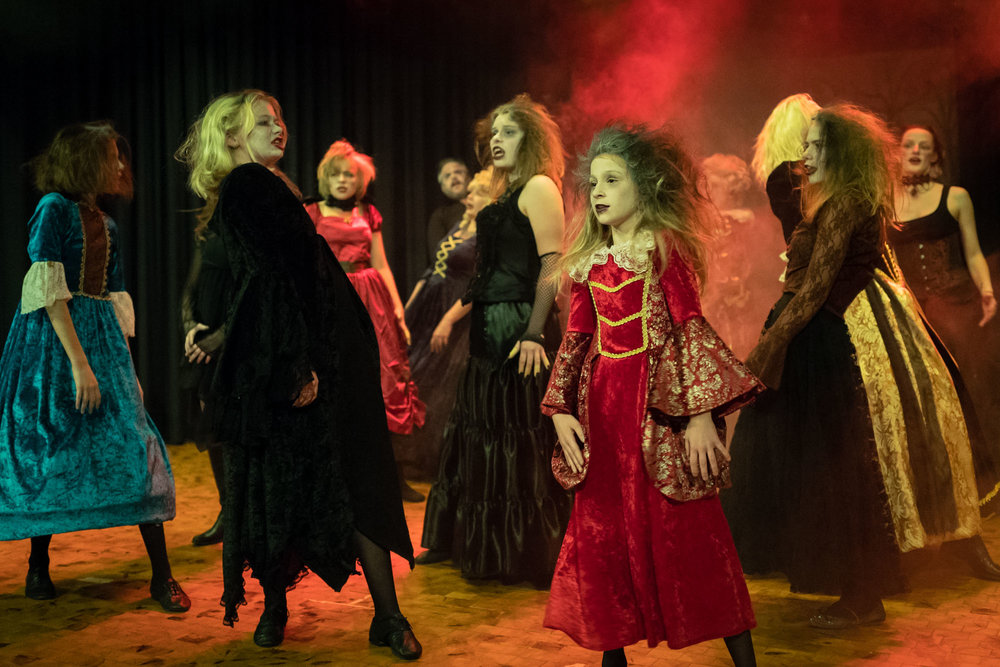
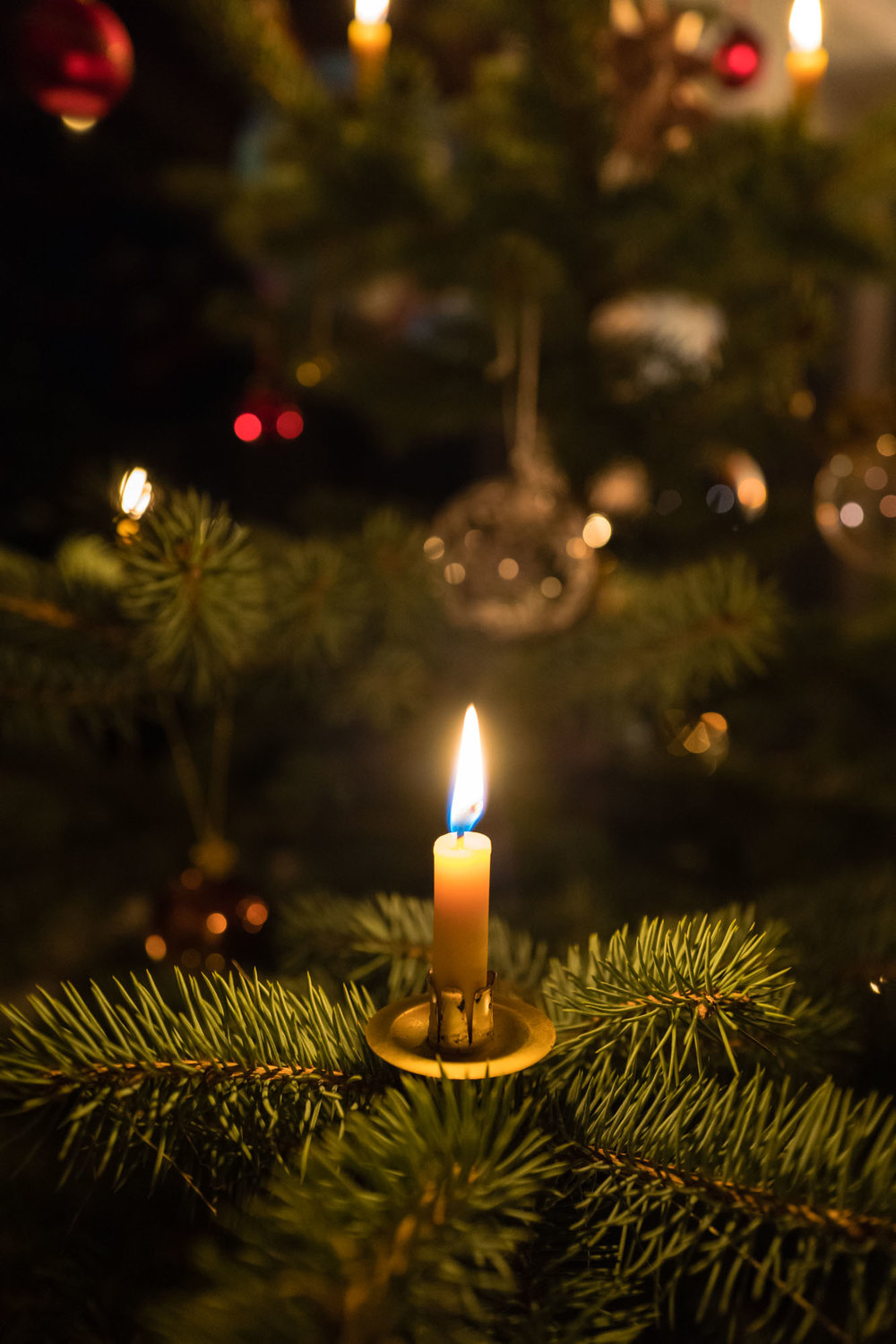
The Q is a terrific camera! I really enjoyed using one. But. Yes, there is a but… I prefer rangefinders. I traded my Q for a M240. If I ever get tired of my M240, or my eyesight gets worse, the Q will be on top of my list 🙂
I bought the Q a month ago to replace my iPhone camera 🙂 and for those times, like you, when I didn’t want to haul around a DSLR package. The image quality is gorgeous and the shutter is nearly silent. The EVF delay can be a pain, which forces you to anticipate upcoming shots or use the touchscreen AF function. AF is outstanding, provided you have the proper AF setting chosen, which for me is mostly single-point. A 35 or 50mm lens would have been more ideal for my shooting style. Having WiFi and the ability to control the camera with my iPhone are added bonuses.
As a Canon shooter for over 20 years, I’m suddenly off-track a bit as I investigate the Monochrom 246 and the SL. I test drove an older Monochrom with a 50mm for a day and absolutely fell in love with the tonality of the images. It is different than changing color to B&W. Very different. But with failing eyes and a need to focus quicker at times, I didn’t enjoy the rangefinder experience. The M246 in-store experience was better, simply because of the M246’s focus peaking, a larger screen and many other numerous improvements. Then I tried the SL, and absolutely loved the EVF. With an SL lens AF was super-fast. But with the Leica SL 24-90 on the body it is a massive beast to wield around. I also felt the ergonomics for holding the camera were inferior and should have felt more natural, like a well-worn glove, but maybe with more time and lots of cash it would suit me.
Thanks for posting this wonderful article!
Thank you, gorgeous pictures, seems the Q is gathering a cult like the X1 and your photos support that premise.